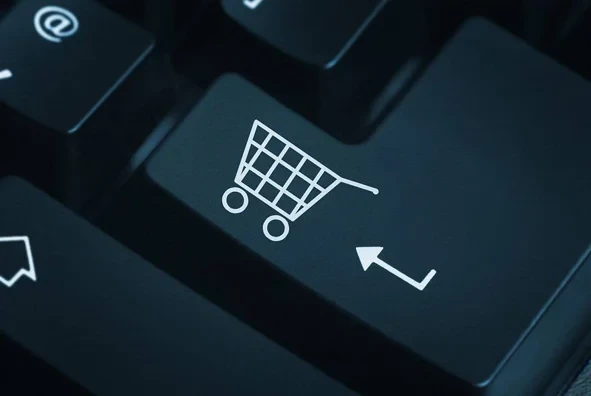If you are an e-commerce retailer, Google Shopping is a tool that can help you go beyond the reach, attract customers, and increase sales. However, reaching its full potential requires strategy and execution. 88gravity, a top digital marketing company in Bangalore and the best digital marketing agency in Gurugram has noticed some common pitfalls that e-commerce businesses face. Here are seven blunders retailers typically make when advertising on Google Shopping and how to avoid them.



Google Shopping campaigns are built on the product feed. Many retailers do not optimise this critical element, resulting in lower visibility and relevance. Common issues include:
If you want to succeed, ensure your product feed is detailed, accurate and compliant with Google’s guidelines. Good quality images, descriptive titles, and keywords your customers search for.
Many retailers often forget negative keywords when it comes to Google Shopping campaigns. As a result, you end up seeing ads for searches that have nothing to do with you, and your budget is exhausted without any conversions.
Say you sell luxury watches, and you don’t want your ad to appear for cheap watches. Keep an eye on your search terms report and regularly check to exclude any irrelevant keywords to ensure your budget is spent on high-quality traffic.
A one-size-fits-all approach for your campaigns can be bad. Many retailers fail to segment their products into different campaigns based on the following:
By segmenting your campaigns, you can divide your budgets more effectively, target more specific audiences, and adjust your bidding strategies. This approach improves ROI and helps you have better control over your ad performance.
A common mistake is relying on generic or outdated bidding strategies. Many retailers set the same bid for all products, failing to account for variations in profit margins, competition, or product demand.
Smart bidding strategies, such as Target ROAS (Return on Ad Spend) or Enhanced CPC (Cost Per Click), can help optimize your campaigns. As a trusted digital marketing company, we recommend regularly reviewing and adjusting bids to align with your goals and market dynamics.
Mobile devices account for a significant portion of e-commerce traffic, yet many retailers fail to optimize their campaigns for mobile users. This includes:
Remember, a poorly optimized mobile experience can lead to high bounce rates and lost sales opportunities.
Ignoring your competitors’ strategies can leave you at a disadvantage. Many retailers fail to analyze competitor pricing, ad copy, and promotions, leading to reduced competitiveness in the market.
Use tools like Google’s Auction Insights to monitor competitor activity. Competitive pricing, combined with compelling ads, can help you stand out in crowded marketplaces.
One of the most significant mistakes e-commerce retailers make is setting up campaigns and then neglecting ongoing optimization. Google Shopping is not a “set-it-and-forget-it” platform. Regular monitoring and adjustments are crucial to maintaining and improving performance.
Key areas to monitor include:
Optimize underperforming products and adjust campaigns based on seasonal trends, customer behaviour, and market changes.
As a premier digital marketing agency in Gurugram and Bangalore, 88gravity specializes in helping e-commerce retailers achieve success with Google Shopping. Our services include:
With a proven track record, we’ve helped countless clients boost their e-commerce performance. Whether you’re a startup or a well-established brand, our tailored strategies ensure you get the best results from your Google Shopping campaigns.

Avoiding these seven mistakes can significantly enhance your Google Shopping campaign performance. By optimizing your product feed, segmenting campaigns, and employing strategic bidding, you can attract the right customers and maximize ROI. If you’re looking for expert guidance, reach out to 88gravity, the leading digital marketing company in Bangalore and digital marketing agency in Gurugram, to take your e-commerce business to the next level.




Frequently Asked Questions
We strive to provide an exceptional quality of service to clients.
FAQs will be updated soon

